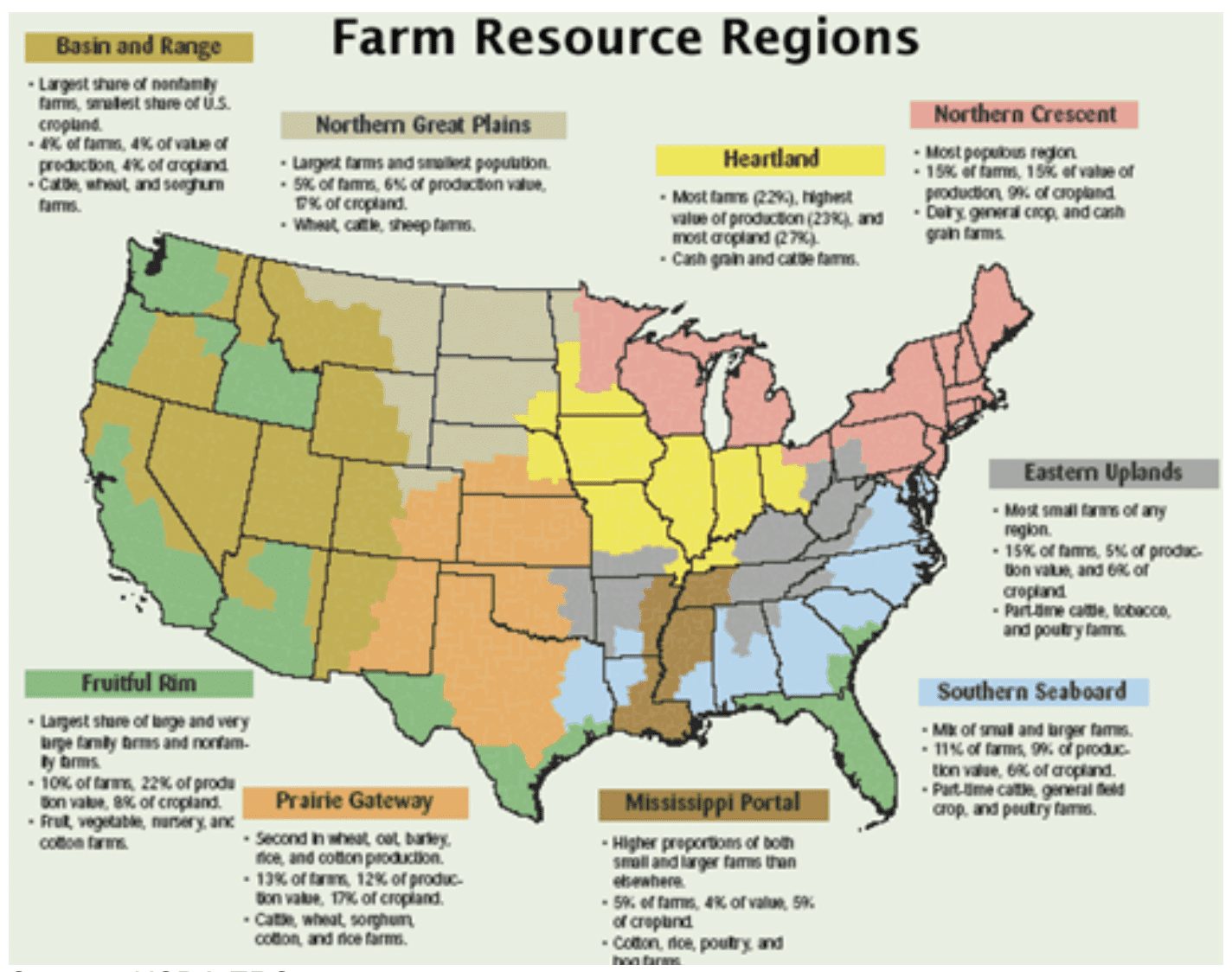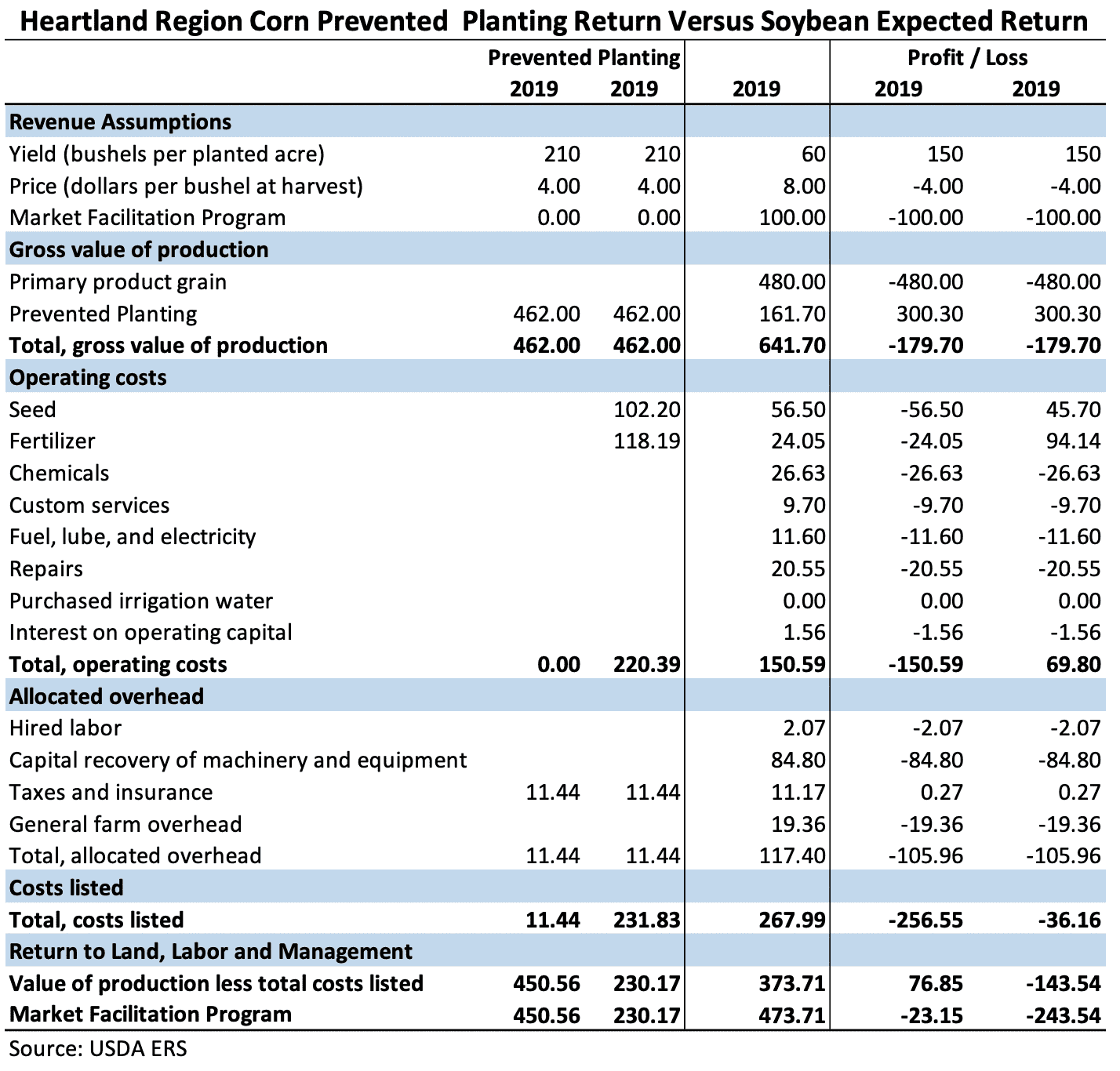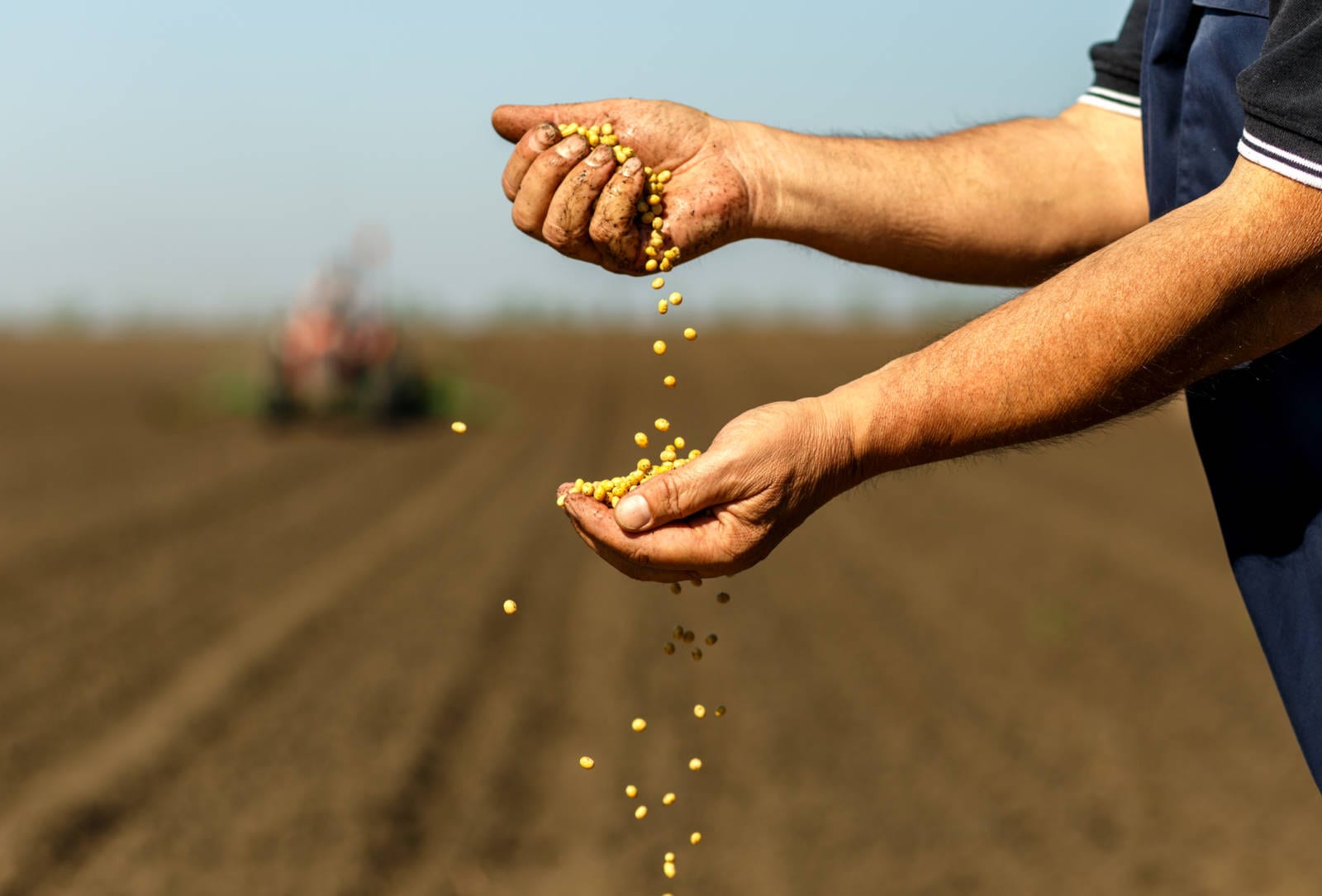Will the U.S. farmer have time to switch corn acres to soybean acres? While the soybean planting season is off to an extremely slow, Doane Advisory Services believes the improved, short season soybean varieties will enable the plants to reach key milestones before summer heat and dryness can harm key phases of plant development.
Illinois is a good location to explore Prevented Planting insurance. The state is located within the U.S. Department of Agriculture (USDA) Economic Research Service (ERS) predefined crop region of the U.S. heartland. Farm resource regions are defined using farm production regions, land resource regions, crop reporting districts, and farm characteristics.

ERS crop budget assumptions for Heartland corn production and soybean production was adjusted to reflect return to land, labor, and management. The opportunity cost of land is limited by the prevent planting acreage requirement of sowing a cover crop.
Another other question: is it a good idea to switch planting to soybeans or just take the corn prevented planting option? Farmers could take 35 percent of the corn prevented planting payment and then plant soybeans after the late planting period. Based on a 60-bushel yield or five bushels below the 2018 Illinois 65-bushel yield per acre, if no fertilizer has been applied, a farmer needs a $77 per acre Market Facilitation Program (MFP) payment to break even. With the possibility of receiving the MFP payment despite not planting, turning down the remaining 65 percent prevented planting revenue to plant soybeans is a questionable strategy.

Taking prevented planting does carry some serious risks. For starters, farmers have already purchased seed, which is a large capital cost. To tie up money for a year in a decaying asset is a major risk. If bags are not opened, many seed companies will take the extra bags back and credit the farmer’s account. If prevented planting is widespread, the seed companies might not be able to handle the volume of returns. The seed companies have climate-controlled facilities for storing seeds. If the seed is exposed to heat and high humidity, the seed has a lower germination percentage. In theory, if properly stored, seeds could be planted a couple years later. It is hard to believe many professional farmers would accept the risk of planting seeds with potential quality issues.
The financial position of an individual farmer also plays a role in the decision process. For example, if a landowner and farmer split the return to land, labor and management 50/50, the landowner might encourage the farmer to take the guaranteed money. Likewise, a lender might question the logic in lending money to a farmer whose balance sheet has been harmed by the trade war when prevented planting money is available. On the other hand, a lender that has issued large loans on equipment expects to be paid. The prevented planting option has a lower revenue of $180 per acre or money that could pay a loan.
Another advantage of taking prevented planting is the ability to do custom work or other activities for revenue. In addition to more money, prevented planting reduces the famer’s storage problems. The combination of a record crop last year in Illinois, the China / U.S. trade dispute, and flooding reducing or eliminating the farmer’s ability to export crops has record amounts of crops in “temporary” storage. As of June 4, no crop volume has transversed Lock 15 at the Quad Cities.
At the end of the day, a farmer being able to receive $162 per acre in prevented planting that covers the operating costs of growing soybeans will make it very tempting to switch from corn to soybeans. That said, given the extraordinary circumstances presented for the 2019/2020 crop year, it will be surprising if prevented planting acres are not record large by a sizeable margin.
